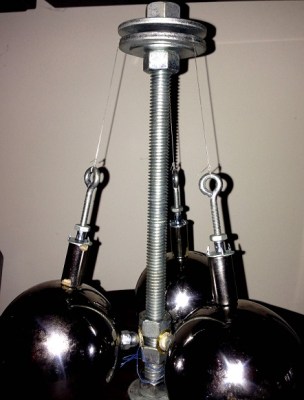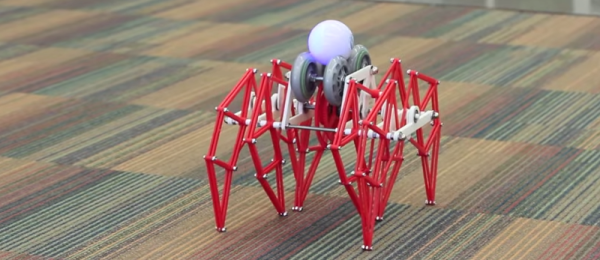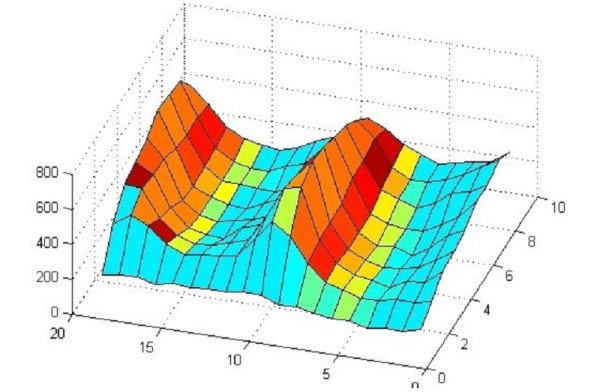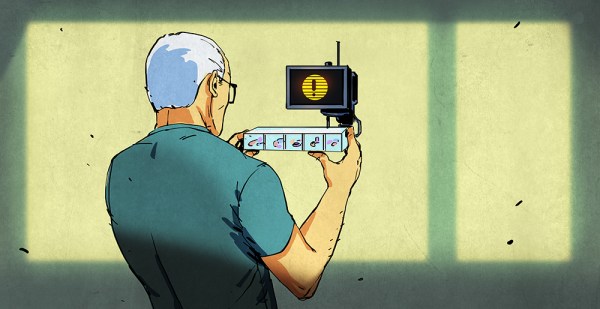Nepal | 25 April 2015 | 11:56 NST
It was a typical day for the 27 million residents of Nepal – a small south Asian country nestled between China and India. Men and women went about their usual routine as they would any other day. Children ran about happily on school playgrounds while their parents earned a living in one of the country’s many industries. None of them could foresee the incredible destruction that would soon strike with no warning. The 7.8 magnitude earthquake shook the country at its core. 9,000 people died that day. How many didn’t have to?
History is riddled with earthquakes and their staggering death tolls. Because many are killed by collapsing infrastructure, even a 60 second warning could save many thousands of lives. Why can’t we do this? Or a better question – why aren’t we doing this? Meet [Micheal Doody], a Reproductive Endocrinologist with a doctorate in  physical biochemistry. While he doesn’t exactly have the background needed to pioneer a novel approach to predict earthquakes, he’s off to a good start.
physical biochemistry. While he doesn’t exactly have the background needed to pioneer a novel approach to predict earthquakes, he’s off to a good start.
He uses piezoelectric pressure sensors at the heart of the device, but they’re far from the most interesting parts. Three steel balls, each weighing four pounds, are suspended from a central vertical post. Magnets are used to balance the balls 120 degrees apart from each other. They exert a lateral force on the piezo sensors, allowing for any movement of the vertical post to be detected. An Arduino and some amplifiers are used to look at the piezo sensors.
The system is not meant to measure actual vibration data. Instead it looks at the noise floor and uses statistical analysis to see any changes in the background noise. Network several of these sensors along a fault line, and you have yourself a low cost system that could see an earthquake coming, potentially saving thousands of lives.
[Michael] has a TON of data on his project page. Though he’s obviously very skilled, he is not an EE or software guy. He could use some help with the signal analysis and other parts. If you would like to lend a hand and help make this world a better place, please get in touch with him.
Continue reading “We Have A Problem: Earthquake Prediction” →













 physical biochemistry. While he doesn’t exactly have the background needed to pioneer a novel approach to predict earthquakes, he’s
physical biochemistry. While he doesn’t exactly have the background needed to pioneer a novel approach to predict earthquakes, he’s 










